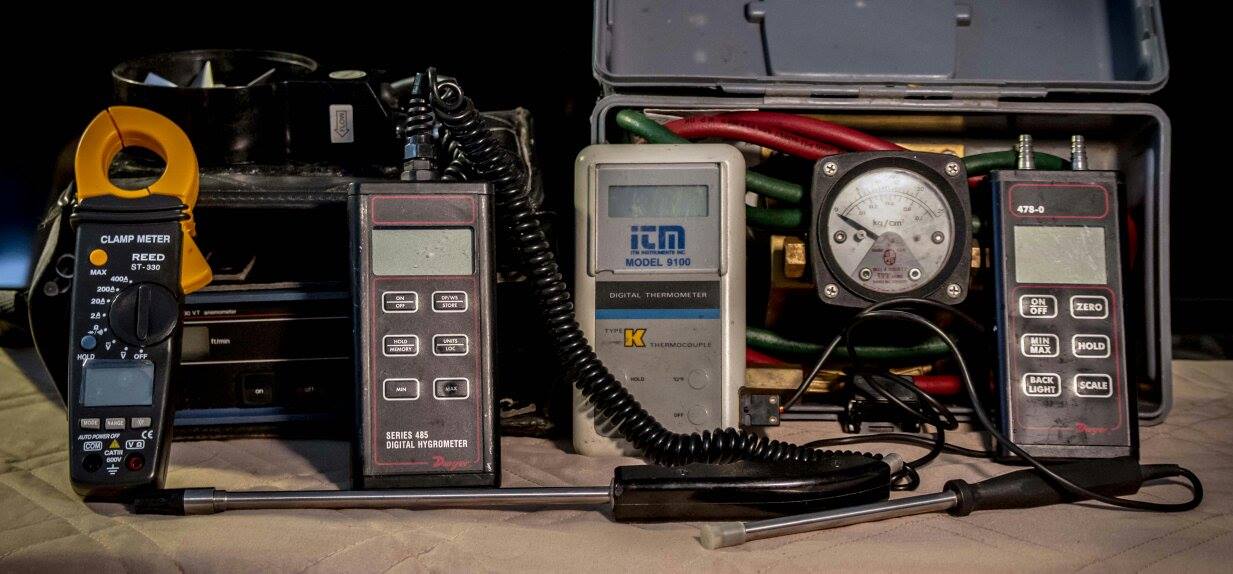Biocabinet Verification, Why must a biocabinet be verified, Who can verify a biocabinet

Biocabinet verification speaks to why a biocabinet must be verified, who can verify a biocabinet which is required on an annual basis. Verification must be done by a factory trained technician dealing with the particular biocabinet being used.
The air curtain at the front of the cabinet is fragile and can easily be disrupted by people walking parallel to it, by open windows, air supply registers or laboratory equipment that creates air movement (e.g., vacuum pumps, centrifuges).
To prove biocabinet verification BSCs should be installed in accordance with the requirements outlined in the Canadian Standards Association (CSA) Biological Containment Cabinets (Class I and II): Installation and Field Testing.
Biocabinet Verification
They should be located away from high traffic areas, doors and air supply/exhaust grilles that may interrupt airflow patterns.
For correct biocabinet verification a minimum unobstructed distance of 40 cm should be provided between the exhaust outlet on top of the cabinet and any overhead obstructions. Whenever possible, a 30 cm clearance should be provided on each side of the cabinet to allow for maintenance access.
For ducted cabinets, blowers on the exhaust system should be located at the terminal end of the ductwork; failure of exhaust flow should signal an alarm to the user.
To prevent pressurization of the cabinet, an interlock system should be installed to prevent the cabinet blower from operating whenever the exhaust flow is insufficient; an anti-backflow device to prevent reverse airflow through the HEPA filter may be required.
As part of the biocabinet verification continuous operation of BSCs helps to control dust levels and other airborne particulates in the laboratory. If BSCs are operated only when needed in order to conserve energy, the balancing of laboratory room air must be considered.
In some cases, room exhaust is balanced to include the air exhausted through ducted BSCs, and these cabinets must not be turned off.
The provision of natural gas to BSCs is not recommended. Open flames in the BSC create turbulence, disrupt airflow patterns and can damage the HEPA filter. When suitable alternatives (e.g., disposable sterile loops, micro-incinerators) are not possible, touch-plate microburners that have a pilot light to provide a flame on demand may be used.
The correct operation of BSCs must be verified before they are used and then annually, and after any repairs or relocation, in accordance with the field tests outlined in CSA Z316.3-95 or annex F of NSF 49.
Moving a cabinet can cause damage to the HEPA filter and its seals. These tests include the downward velocity profile, the work access face velocity, the HEPA filter leak test and the airflow smoke patterns.
Measuring and testing equipment must be calibrated and maintained in accordance with the CSA standard. A copy of the certification report must be provided to the user and kept on file.
A label indicating the date of certification, the date of the next certification, to what standard the tests were performed and the name of the certifier should be affixed to the exterior of the cabinet.
On-site field testing must be performed by experienced qualified individuals. The NSF accreditation program for BSC certifiers provides a list of individuals who have demonstrated their competence by means of written and practical examinations administered by the NSF. Whenever possible, it is recommended that NSF-accredited field certifiers be used.
Hard copy and E book for sale. Introduction to Building Mechanical Systems. Click here.